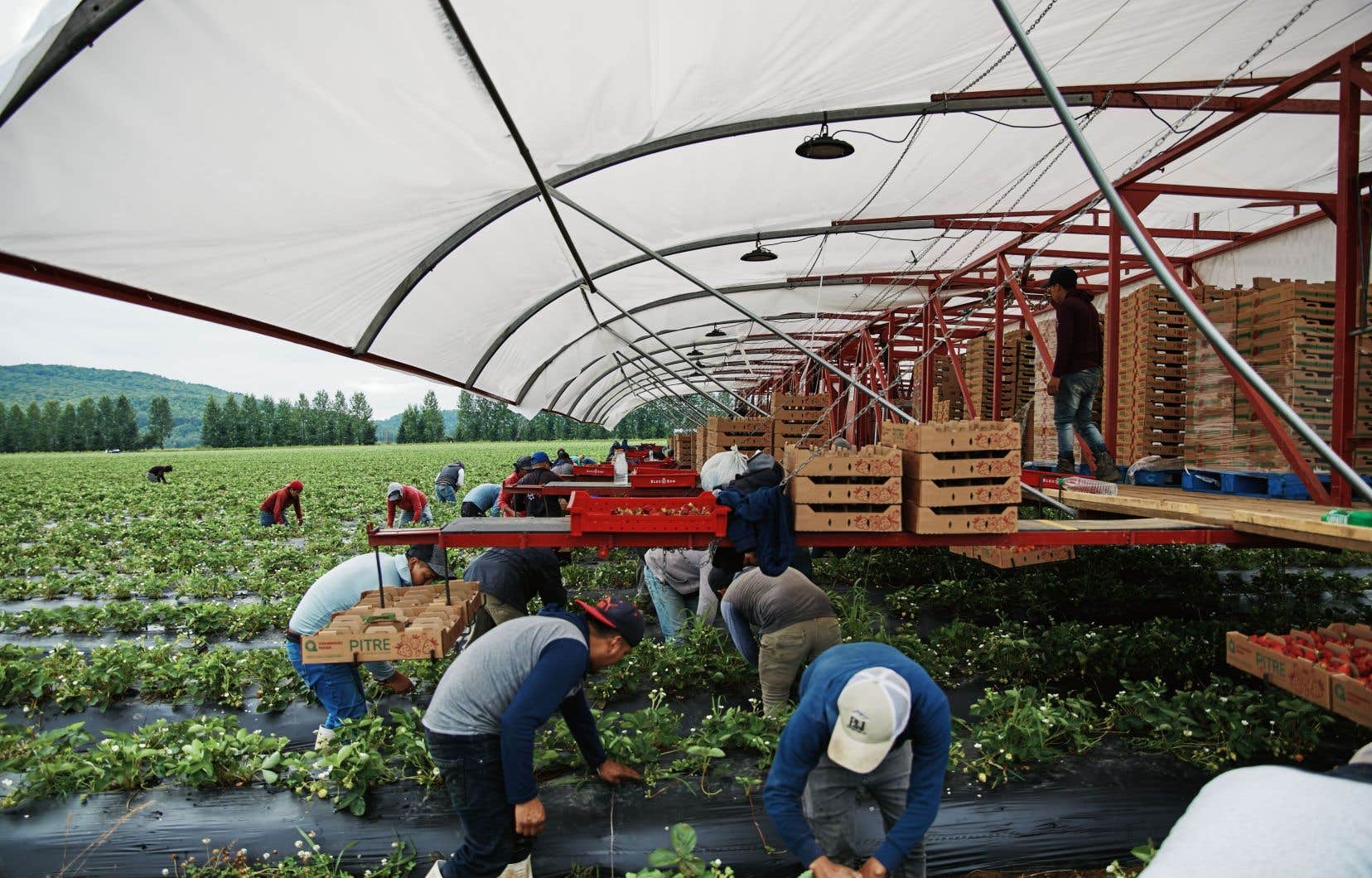A global temperature increase of about 1.6°C compared to the average of the last 30 years could lead to a reduction in strawberry harvests of up to 40%, warns an analysis carried out at the University of Waterloo.
Such a significant decline in supply would inevitably lead to a spike in prices, the researchers point out. And while the study looked at strawberry crops in California, it is “unfortunately” safe to assume that crops of other berries elsewhere in the world would also be affected, said Professor Kumaraswamy Ponnambalam of the University of Waterloo.
“The results would be more easily transferable to similar latitudes [à celle de la Californie]he said. Strawberries are a fragile crop, they need as much cold weather as warm weather at the right time, otherwise it won’t work.”
Let us recall that the Paris Agreement signed in 2016 provides for limiting global warming to 1.5°C compared to pre-industrial levels — a target that the world is at high risk of missing, according to several experts.
The Ontario researchers used a model that predicts the likelihood of yield loss by relating air temperature anomalies to strawberry crop yields. This process allowed them to measure greater variability over time and produced results that are being touted as the most accurate to date.
“We looked at the extremes rather than the averages, and that’s what makes this work different,” Ponnambalam said. “We also used very sophisticated statistical analysis tools that are not that common.”
Integrating temperature anomalies into crop models helps optimize resource allocation, improve crop yield forecasts, and strengthen the resilience of agricultural systems, the authors write.
The impact of climate was easy to identify, Ponnambalam added, because it is the one variable over which farmers have no control, compared with factors such as soil moisture levels, for example. The researchers focused on California because it was the only jurisdiction for which they had the necessary data, Ponnambalam said.
“The numbers show that there is an 80% chance that we will have a loss of yield, whether it is small, medium or large,” he said.
Changes can only be discerned starting at 1.6°C, Ponnambalam said; no change is really measurable below that threshold.
Sustainable agriculture
The study authors recommend using sustainable agricultural practices, such as optimizing irrigation to ensure adequate water supply during heat waves; using drip irrigation and scheduling operations to avoid peak periods during hot weather; and using shade plants and installing shade structures to mitigate heat stress.
“Even areas where you could grow wheat can’t grow it because it’s too hot and they have to grow corn,” Ponnambalam said. “So even cereals, which are a much more essential crop than strawberries, are being affected. We were hoping that this would happen in just 50 years, but unfortunately it’s already happening.”
Strawberries, he added, are like “the canary in the coal mine. They are very sensitive and they warn us of what might happen.”
He and his colleagues are currently trying to determine whether Canadians will have access to the foods they are familiar with today in the future, and if so, at what cost.
Quebec is the leading strawberry-producing province in Canada, according to the Government of Quebec. It is also the second-largest raspberry-producing province. In 2021, the value of Quebec exports of fresh and processed strawberries and raspberries was $7.5 million. The United States is the main importer of fresh strawberries and raspberries from Quebec.
The global strawberry market was valued at US$3 billion in 2020. Canada imported strawberries worth US$322.8 million from California in 2022.
The findings of this study were published in the scientific journal Sustainability.
